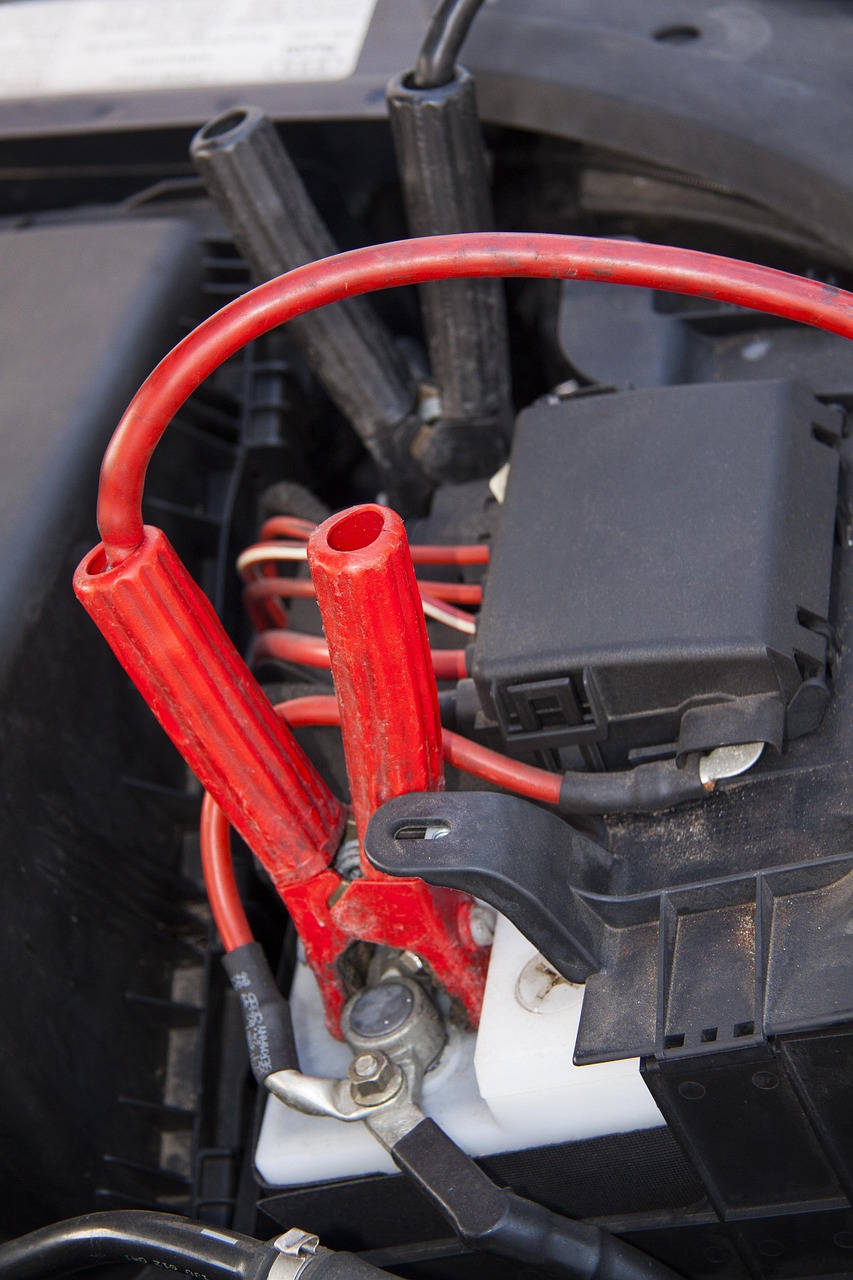A cold frame is an excellent way to extend your growing season in spring. By trapping sunlight and warmth, it allows you to start seeds and protect young plants from chilly temperatures. To use a cold frame effectively, ensure proper ventilation, monitor soil moisture, and choose the right location for optimal sun exposure.
As winter gives way to spring, gardeners eagerly anticipate the chance to cultivate their gardens. However, the lingering cold can delay planting. This is where a cold frame becomes an invaluable tool. A cold frame is essentially a small greenhouse structure that helps create a microclimate for your plants. It is typically made of a wooden or metal frame covered with glass or plastic. This design captures solar energy, warming the air and soil inside while shielding plants from harsh weather conditions.
Using a cold frame can significantly boost your gardening efforts by allowing you to start seeds earlier in the season. This method not only promotes healthy plant growth but also helps in hardening off seedlings before they are transplanted into the garden. Understanding how to maximize the benefits of a cold frame can lead to a more productive gardening experience.
Benefits of Using a Cold Frame

Cold frames offer several advantages for both novice and experienced gardeners. Here are some key benefits:
- Extended Growing Season: Cold frames provide an early start for your plants, allowing you to sow seeds weeks before the last frost.
- Protection from Weather: They shield young plants from frost, wind, and heavy rain, ensuring better survival rates.
- Microclimate Creation: The enclosed space helps maintain a warmer environment, ideal for germination and growth.
- Versatility: Cold frames can be used for starting seeds, growing greens, or even overwintering certain plants.
In addition to these benefits, cold frames are relatively easy to construct and can be made from various materials. Whether you choose a simple DIY design or purchase a pre-made unit, having a cold frame can transform your gardening approach.
Choosing the Right Location
The effectiveness of a cold frame largely depends on its placement. Selecting the right location is crucial for maximizing sunlight exposure and minimizing temperature fluctuations. Consider the following factors when deciding where to position your cold frame:
- Sunlight: Choose a spot that receives at least six hours of direct sunlight daily. South-facing locations are often ideal.
- Wind Protection: Place the frame near a wall or fence to shield it from strong winds that can cool down the interior.
- Accessibility: Ensure that the cold frame is easily accessible for regular maintenance, watering, and harvesting.
Understanding Temperature Control
Temperature management is vital for the success of your cold frame. While it is designed to keep plants warm, monitoring internal conditions is necessary to prevent overheating on sunny days. Here are some tips for effective temperature control:
- Ventilation: Open the lid during sunny afternoons to allow excess heat to escape. Consider using props to keep it slightly ajar.
- Thermometers: Place thermometers inside to keep track of temperature changes throughout the day.
- Insulation: In colder climates, consider adding extra insulation with materials like bubble wrap or straw bales around the outside during extreme weather.
By being mindful of these factors, you can create an optimal environment for your plants, ensuring they thrive in their early stages of growth. A well-placed and properly managed cold frame can be the key to a successful gardening season as spring unfolds.
Choosing the Right Plants for Your Cold Frame
Not all plants are suitable for growing in a cold frame. Selecting the right varieties is essential for maximizing the benefits of this gardening tool. Generally, cold frames are ideal for hardy vegetables and flowers that can tolerate cooler temperatures. Here are some recommended plants:
- Leafy Greens: Varieties like lettuce, spinach, and kale thrive in cooler conditions and can be sown early in a cold frame.
- Root Vegetables: Carrots, radishes, and beets can be planted early, taking advantage of the warm soil.
- Herbs: Parsley, cilantro, and chives are resilient herbs that can be started in a cold frame.
- Brassicas: Broccoli, cabbage, and cauliflower benefit from the protection a cold frame offers against frost.
When selecting plants, consider your local climate and the expected temperatures during early spring. Additionally, you can use a cold frame to harden off seedlings started indoors before transferring them to the garden.
Seed Starting Techniques
Starting seeds in a cold frame involves specific techniques to ensure successful germination and growth. Here are some effective seed starting practices:
- Soil Preparation: Use high-quality seed-starting mix that retains moisture yet drains well. Fill seed trays or pots with this mixture.
- Sowing Seeds: Follow the recommended planting depth for each seed type. Generally, smaller seeds should be sown closer to the surface.
- Watering: Water the seeds gently to avoid displacing them. Maintain consistent moisture without over-saturating the soil.
- Labeling: Label each tray or pot with the plant type and date of sowing to keep track of your plants.
By following these seed starting techniques, you can create a thriving environment for your plants right from the beginning. Regular monitoring and adjustment will help ensure that your seedlings grow strong and healthy.
Maintaining Your Cold Frame
Proper maintenance is crucial to getting the most out of your cold frame. Regular care not only promotes plant health but also extends the life of your cold frame structure. Here are some essential maintenance tips:
- Cleaning: Regularly clean the glass or plastic panels to maximize sunlight penetration. Dirt and debris can block sunlight and reduce the effectiveness of your cold frame.
- Pest Management: Keep an eye out for pests such as aphids or caterpillars. Use organic methods for pest control to protect your plants.
- Soil Health: Periodically check the soil for nutrients. Consider adding organic fertilizers or compost to replenish nutrients as needed.
- Weatherproofing: Inspect the structure after extreme weather events. Ensure that there are no cracks or leaks that could compromise its integrity.
A little effort in maintenance goes a long way in ensuring that your cold frame remains effective throughout the growing season. Staying proactive will help you avoid bigger issues down the line.
Using a Cold Frame for Overwintering
A cold frame can also serve as an excellent solution for overwintering certain plants. Many gardeners use this space to protect tender perennials or late-season vegetables from harsh winter conditions. Here’s how to effectively use your cold frame for overwintering:

- Selecting Plants: Choose hardy plants like kale, spinach, and certain herbs that can tolerate frost.
- Preparing Plants: Before winter sets in, ensure that plants are healthy and well-watered. Trim any dead leaves to reduce disease risk.
- Insulation: Add extra insulation around the cold frame during colder months using materials like straw bales or blankets.
This method allows you to maintain a living garden throughout winter, providing fresh greens and herbs when they are otherwise hard to come by.
Cold Frame Designs and Materials

The design and materials used for your cold frame can significantly impact its effectiveness. Various options are available, allowing you to choose a structure that meets your gardening needs and preferences. Here, we will explore several popular designs as well as the materials commonly used.
Popular Cold Frame Designs
There are multiple designs for cold frames, each offering unique benefits. Here are three common styles:
- Basic Wooden Frame: This is one of the simplest designs, typically built from untreated wood. It consists of a rectangular base with a sloped top covered by glass or plastic. This design is easy to construct and customize.
- PVC Pipe Frame: A lightweight option, this design utilizes PVC pipes for the frame structure. It is easy to assemble and disassemble, making it ideal for gardeners who want flexibility in their setup.
- Pre-Made Cold Frames: Many garden supply stores offer pre-made cold frames made from various materials. These often come with features like adjustable lids and built-in ventilation systems, making them user-friendly.
When selecting a design, consider factors such as your budget, available space, and how permanent you want the installation to be.
Choosing the Right Materials
The materials used for constructing your cold frame will affect its durability and insulation properties. Here are some common materials:
- Glass: Provides excellent light transmission but can be heavy and fragile. Be sure to use tempered glass for added safety.
- Polycarbonate Panels: Lightweight and durable, polycarbonate panels come in twin-wall or multi-wall configurations that provide good insulation while allowing light to pass through.
- Plastic Sheets: Clear plastic sheeting is an affordable option that can be easily replaced. However, it may not last as long as glass or polycarbonate.
When choosing materials, prioritize those that provide sufficient light while retaining heat effectively. The right combination will help create a thriving environment for your plants.
How to Construct Your Own Cold Frame
If you choose to build your own cold frame, the process can be both rewarding and straightforward. Below is a step-by-step guide to help you construct a simple wooden cold frame:
- Gather Materials: You will need untreated wood for the frame, hinges for the lid, screws or nails, and glass or plastic panels for the cover.
- Measure and Cut: Decide on the dimensions of your cold frame based on available space. Cut the wood to create a rectangular base and four sides.
- Assemble the Frame: Use screws or nails to connect the pieces at the corners. Ensure that the structure is sturdy and level.
- Add the Lid: Attach hinges to one side of the frame to create a lid that can be opened for ventilation. Make sure it fits snugly when closed.
- Install the Cover: Fit glass or plastic panels over the top of the frame. Ensure they are securely in place to prevent wind from lifting them off.
This simple design can be modified based on your specific needs. Feel free to add features such as adjustable vents or a sloped top to enhance performance.
Cold Frame Troubleshooting

Even with proper use and maintenance, challenges may arise when using a cold frame. Being able to identify and address these issues will help you maintain a productive growing environment. Here are some common problems and their solutions:
- Overheating: If your cold frame gets too hot during sunny days, ensure adequate ventilation by propping the lid open or installing adjustable vents.
- Pest Infestations: Monitor plants regularly for pests. Use organic pest control methods like neem oil or insecticidal soap to manage infestations without harming beneficial insects.
- Mold Growth: High humidity levels can lead to mold. Avoid overwatering and ensure good air circulation by opening the lid when necessary.
By being vigilant and proactive in addressing these challenges, you can ensure a successful gardening experience with your cold frame throughout the growing season.
Maximizing Cold Frame Efficiency
To get the most out of your cold frame, consider implementing additional strategies that can enhance its efficiency and effectiveness. These practices will help you cultivate a more productive garden while minimizing potential issues.
Companion Planting
Companion planting involves growing different plants together for mutual benefits, such as improved growth or pest control. In a cold frame, certain combinations can thrive together. Here are some beneficial pairings:
- Lettuce and Radishes: Radishes can help deter pests that affect lettuce while growing quickly and allowing space for the lettuce to mature.
- Kale and Garlic: Garlic can repel aphids and other pests that may threaten kale, making it an excellent companion.
- Carrots and Onions: These two can grow well together, as onions help deter carrot flies.
By utilizing companion planting strategies in your cold frame, you can improve the health and yield of your plants.
Regular Monitoring and Adjustments
The success of your cold frame largely depends on your ability to monitor conditions regularly. Check the temperature, humidity, and the condition of your plants frequently. Here are some tips for effective monitoring:
- Daily Checks: Make it a habit to check your cold frame at least once a day, especially during extreme weather conditions.
- Adjusting Ventilation: Be prepared to adjust ventilation based on daily temperature fluctuations. On warmer days, ensure the lid is propped open to allow for airflow.
- Soil Moisture: Use a moisture meter or your finger to check soil moisture levels. Water accordingly without causing over-saturation.
By staying vigilant and making necessary adjustments, you will create an optimal environment for your plants to thrive.
Final Thoughts
A cold frame is a versatile and valuable tool for extending your gardening season. By understanding how to use it effectively, you can enjoy earlier harvests and protect your plants from the unpredictable weather of early spring. Key takeaways include:
- Proper Placement: Ensure your cold frame gets ample sunlight and is protected from harsh winds.
- Plant Selection: Choose hardy vegetables and herbs suited for cold frame cultivation.
- Regular Maintenance: Keep the structure clean, monitor temperature and humidity levels, and address any pest issues promptly.
- Construction Choices: Build or choose a cold frame design that fits your gardening needs and local climate conditions.
With a little effort and attention, your cold frame can become a thriving microenvironment that supports healthy plant growth. Embrace this gardening method to truly get a jump start on spring, ensuring you maximize your productivity as the growing season unfolds. Happy gardening!
